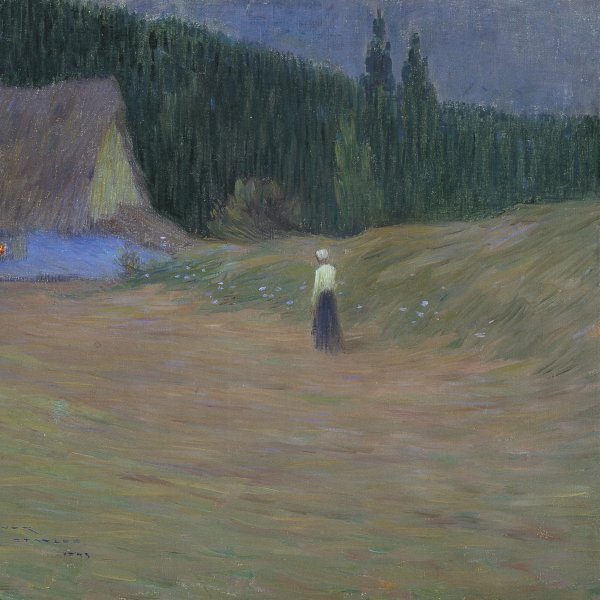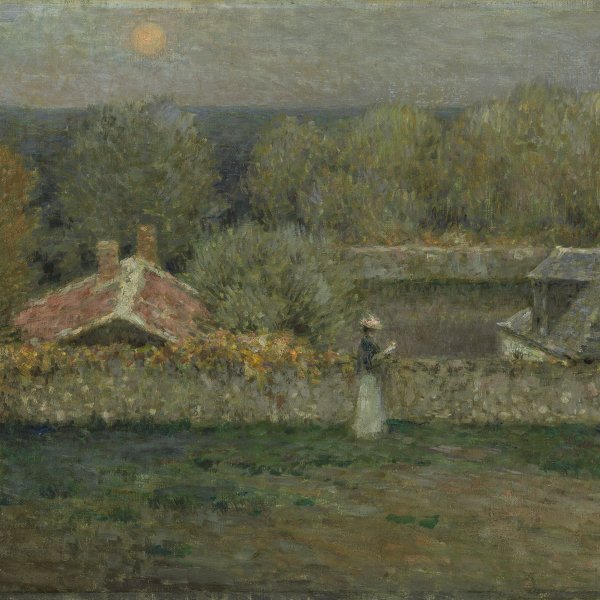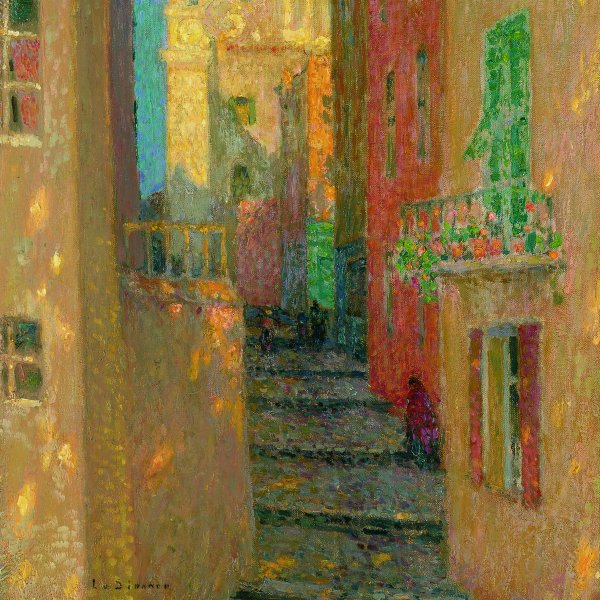Henri Le Sidaner
Port-Louis, 1862-Versalles, 1939
Henri Eugène Le Sidaner began his career around 1880 as a young apprentice of Alexandre Cabanel at the École des Beaux-Arts in Paris. Soon he was seduced by the Parisian artistic fervour, particularly the works of both the Impressionists and the post-Impressionists. After a few months, repressed by the academic milieu, the painter abruptly decided to settle in Étaples, a small village near Pas-de-Calais, where he finished his training in solitude. Distant from the contemporary artistic mainstreams of the capital, Le Sidaner mainly represented Northern landscapes filled with humble personages, adopting a manner that both recalled the Naturalism of Corot and the immediacy of the Impressionists. Nevertheless, his poetic atmospheres were permeated with a personal intimate sentimentalism. In 1887 the painter exhibited at the Salon des Artistes Français and from 1892 at the Société Nationale des Beaux-Arts. From 1892 until 1894, Le Sidaner travelled through Holland and Italy and eventually returned to Paris where he approached the symbolist circles and struck up friendships with both Henri Martin and Ernest Laurent. By that time the artist had brought about a shift in language by adopting a more classical formula in depicting his melancholic atmospheres. In an earlier phase, his subject-matter was often focused on young women gravitating within crepuscular landscapes, as epitomised by the 1898 Le Dimanche (Musée de Douai). Later his choice privileged private scenarios devoid human presence and rendered with diffused light and warm tones. During his life the painter was often awarded with prizes such as the bronze medal at the Exposition Universelle in 1900 and was lavishly represented by both private galleries (Paris, Galerie George Petit) and temporary exhibitions throughout Europe and the United States. Le Sidaner kept travelling throughout his career (Venice, London, etc), refining his technique and eventually moved to Versailles, where he died in 1939.
Dominique Lora
Dominique Lora







